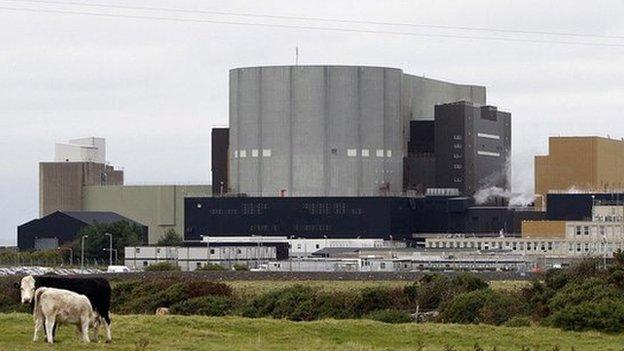Q&A: How energy projects in Wales could be funded
- Published
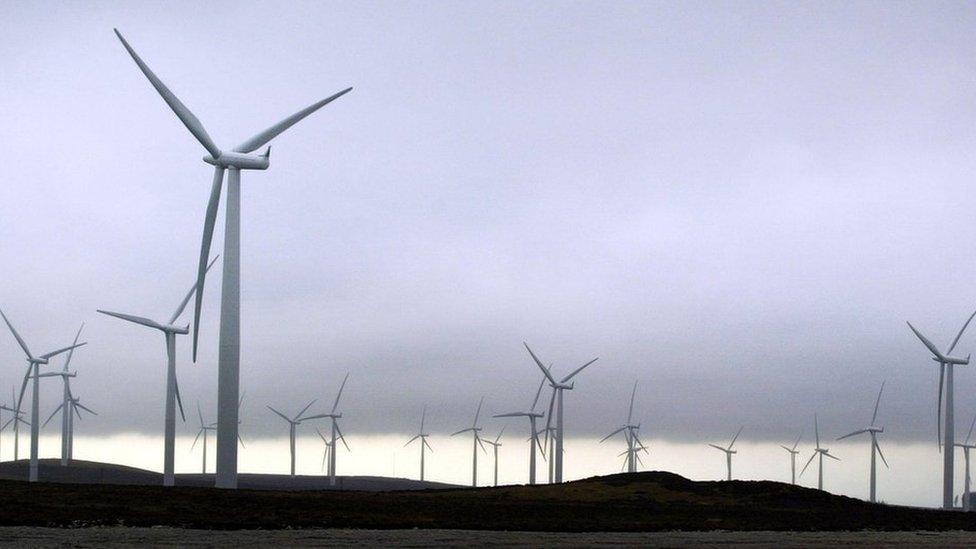
Tidal Lagoon Power, Orthios Eco Park and Wylfa Newydd nuclear power station have all been in the news amid questions about how projects should be funded.
Our economics correspondent Sarah Dickins answers some of the questions that arise.
How do energy projects affect the economy of Wales?
Nuclear, liquefied natural gas, wind, solar and biomass all play a part in our economy and there are many more on the drawing board.
As well as generating power they provide jobs, work for supplier companies and all contribute to Wales' GVA (gross value added) - the value of what we make and do.
They are also closely tied into the environment and are calculated together in official statistics.
Welsh government figures show in 2014 the energy and environment sector come second (at 16%) behind financial and professional services (at 17%) in terms of the number of businesses. They employed 148,000 people - 11% of the working population.
But each energy project really needs to be looked at in terms of where the money goes; it is not just about the value of the product but also how much money stays in Wales.
In other words. how much is spent on Welsh wages, with Welsh suppliers and even where the profits end up.
At the moment, many energy producers in Wales have headquarters outside Wales and the UK.
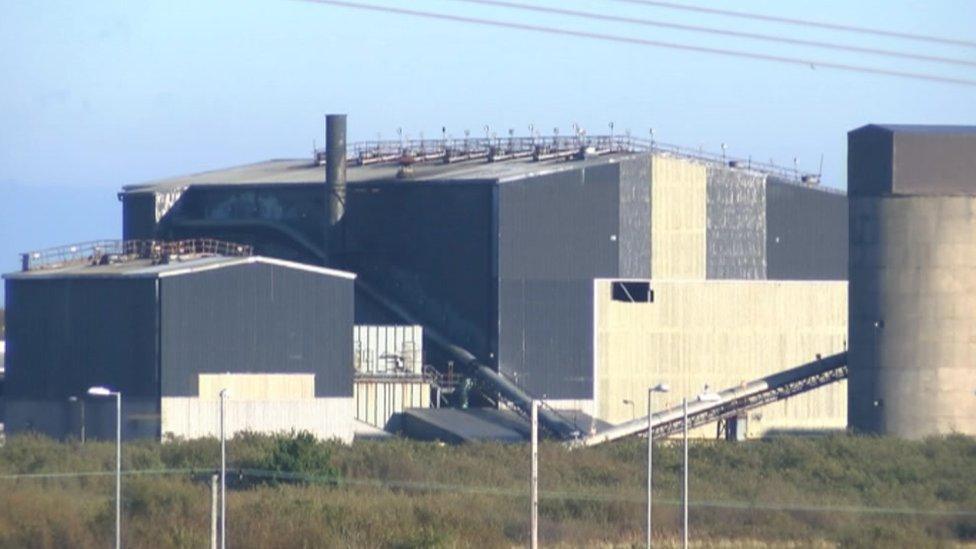
Orthios bought the former Anglesey Aluminium site, where a new biomass plant and eco park will be built
What does the strike price mean in practical terms?
When we hear about the "strike price" being agreed between the UK government's Department of Energy and Climate Change and a company, it is in effect a guaranteed price over a period of time.
Knowing in advance the price that will be paid enables a generator to better plan its business and often helps it to attract investment. In other words it can predict its income.
If the wholesale price for electricity is below the rate of the strike price, the amount the company gets is in effect topped up by government.
However, if wholesale prices rise above the strike price, as is expected over time, and therefore the generator is getting more money for its electricity, then the extra is paid back to government.
The way they calculate and negotiate a strike price varies according to different sources of energy.
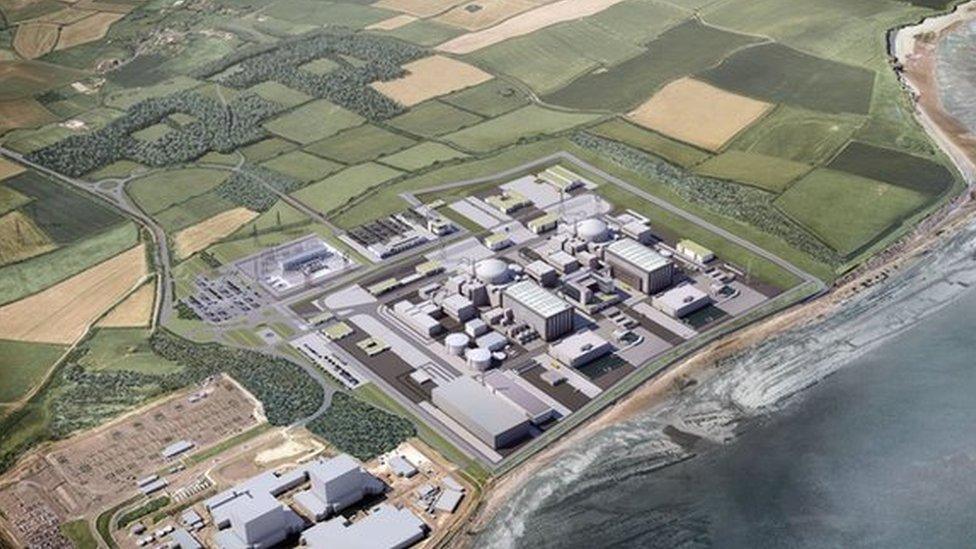
Hinkley Point C is set to take 10 years to become fully operational
Does the strike price affect our electricity bills?
It is often argued a high strike price will lead to higher electricity bills. But there are many other factors that go towards the costs that finally make up the price of electricity to us.
Most importantly there is an element of crystal ball-gazing.
A strike price is set over decades. Critics may say, as they did with Hinkley Point nuclear power station in Somerset, the strike price agreed between the company and UK government will push up prices.
But that presumes we can predict energy prices in the distant future.
Since energy prices are highly influenced by international political events and crises, one would have to be very brave to predict world energy prices in two decades from now.
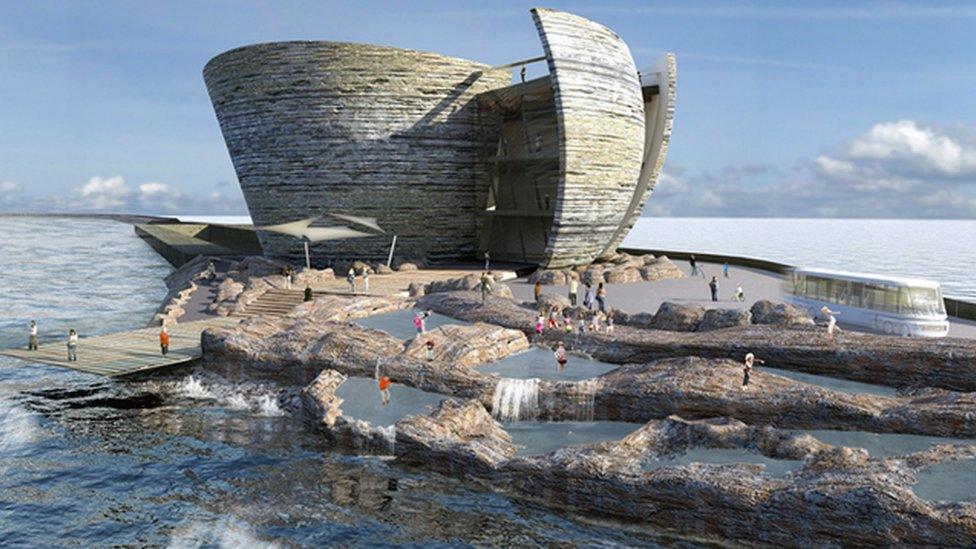
Tidal Lagoon Power is the company behind the proposed £1bn project in Swansea Bay
Where does financing of the Swansea Lagoon stand now ?
The financial institutions Prudential and InfraRed Capital are understood to have together invested £200m in the project. There has also been a share issue to local people.
Additionally, the Gupta family, which owns Liberty Steel and Simec's Uskmouth power station, both in Newport, have invested an eight-figure sum in the parent company behind the proposed Swansea Bay lagoon, Tidal Lagoon Power plc. It also gets a seat on the company's board.
There may well be other private investments which are not in the public domain.
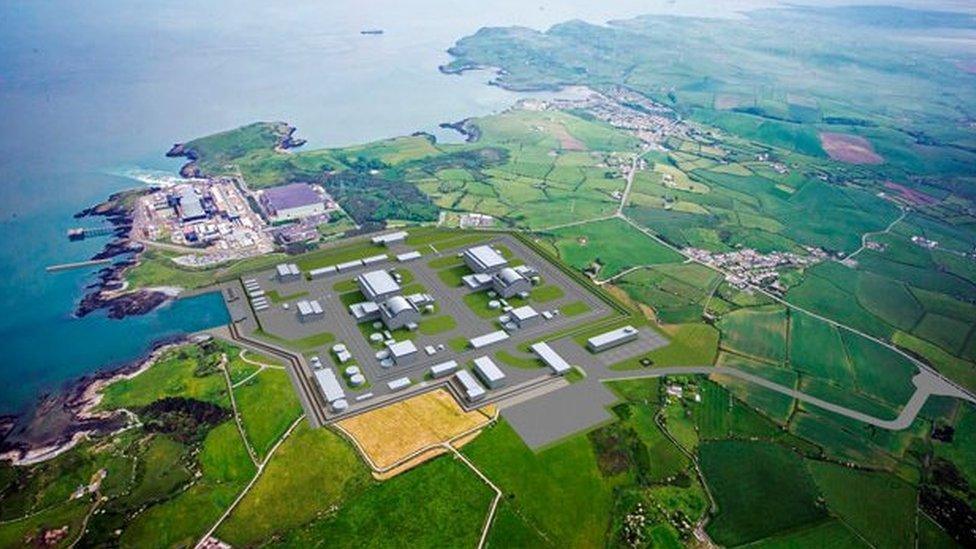
Hitachi owns Horizon Nuclear Power which is behind the plans to build the new power plant
How secure is funding for Wylfa Newydd?
It is a £10bn project to produce power for 14 million homes over 60 years.
In 2013, the UK government said it would enter a cooperation agreement with Horizon and its owner Hitachi, with the aim of reaching an agreement by the end of 2016. Horizon also promised 60% of the materials would be sourced within the UK.
But reports on 27 January that EDF had delayed its meeting to finalise funding a third reactor has led to questions about the future of Wylfa Newydd on Anglesey.
Hitachi chairman Hiroaki Nakanishi warned on Sunday it may walk away from the project if a strike price is not reached with the UK government.
He told the Telegraph newspaper he had expressed his concerns about the cost of Wylfa Newydd to UK Foreign Secretary Philip Hammond. Horizon is adamant its project is still moving forward.
- Published1 February 2016
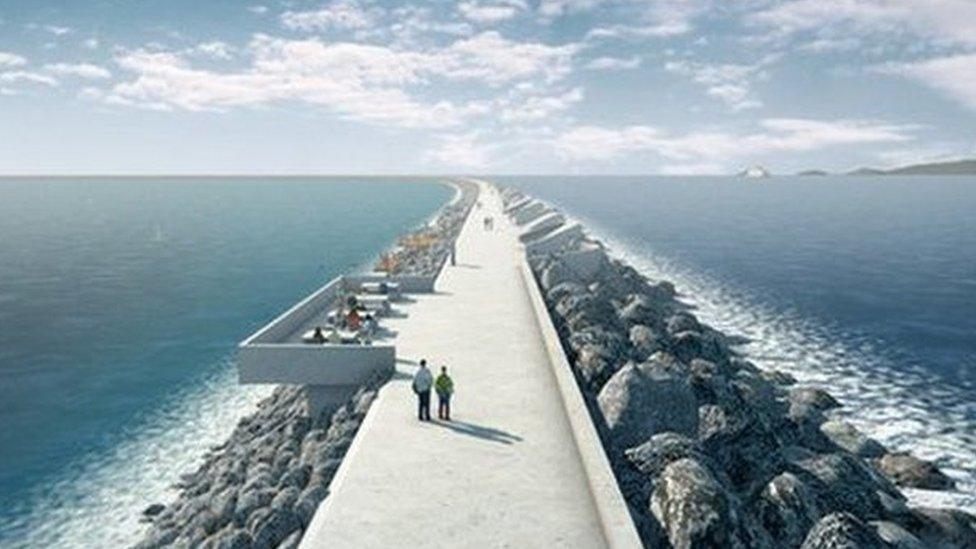
- Published26 January 2016

- Published2 October 2015
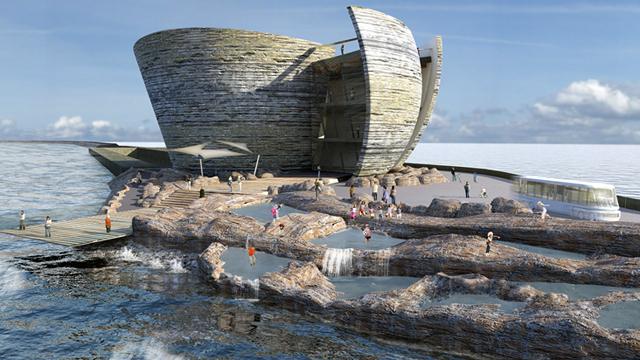
- Published29 January 2016

- Published29 January 2016
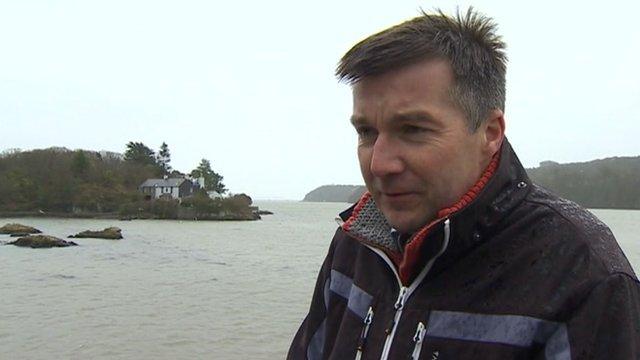
- Published31 January 2016
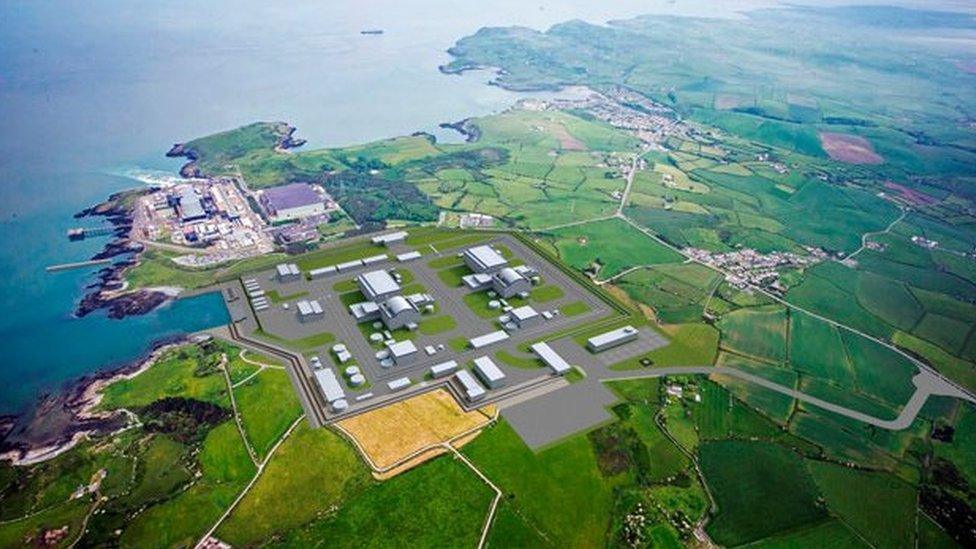
- Published30 December 2015
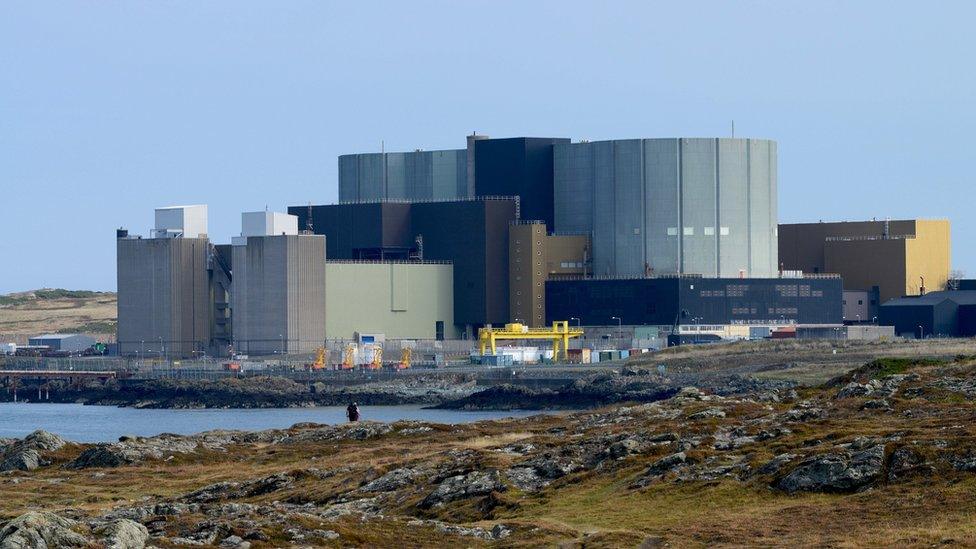
- Published23 October 2015
